Catching up with old Inktober52 challenges from 2024.
,
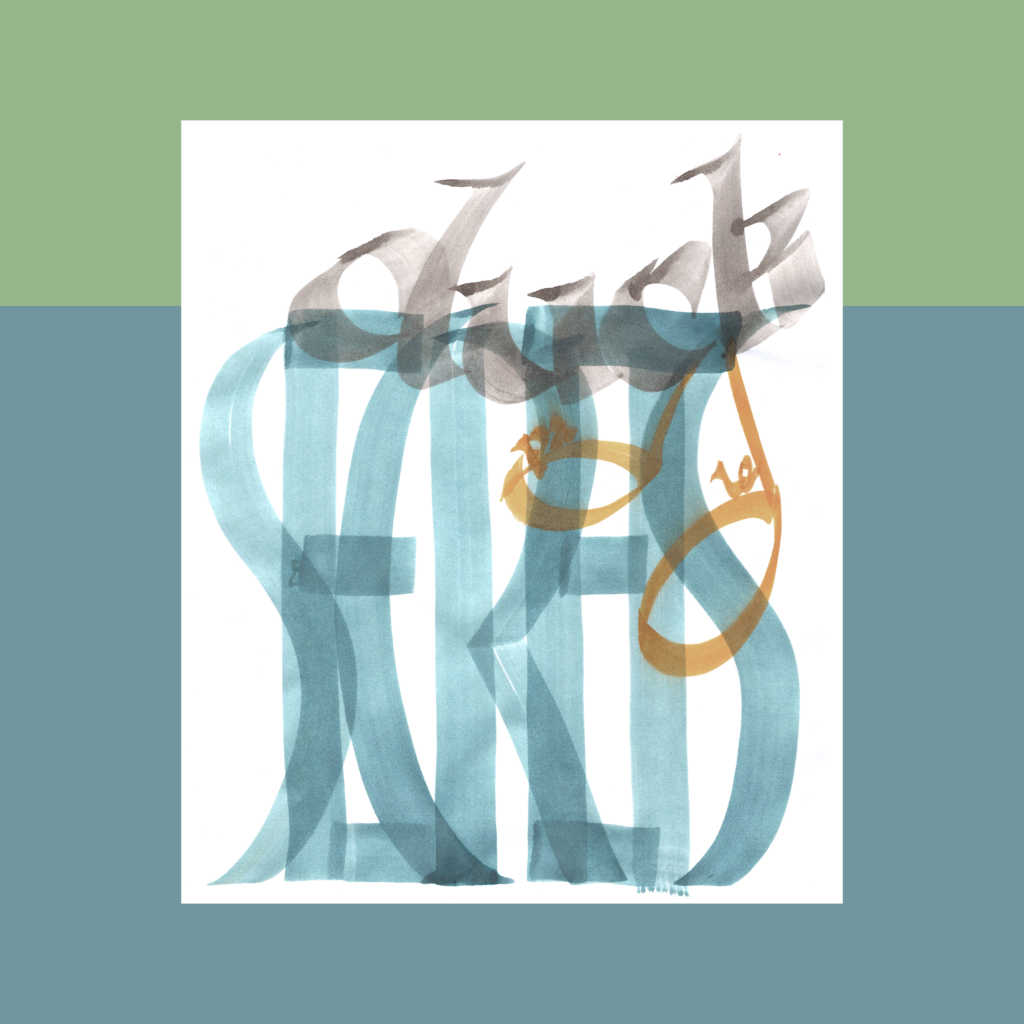
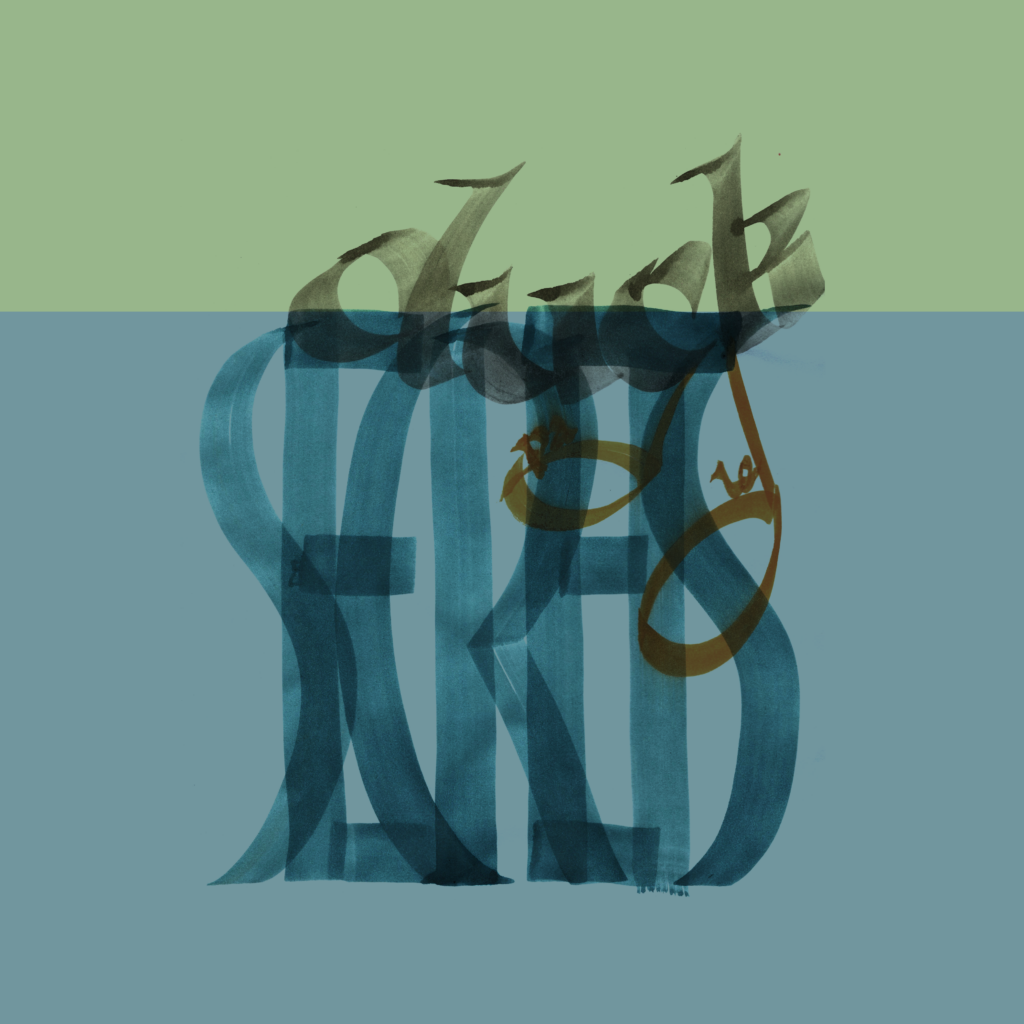
duck
paddling
into
murky
secrets
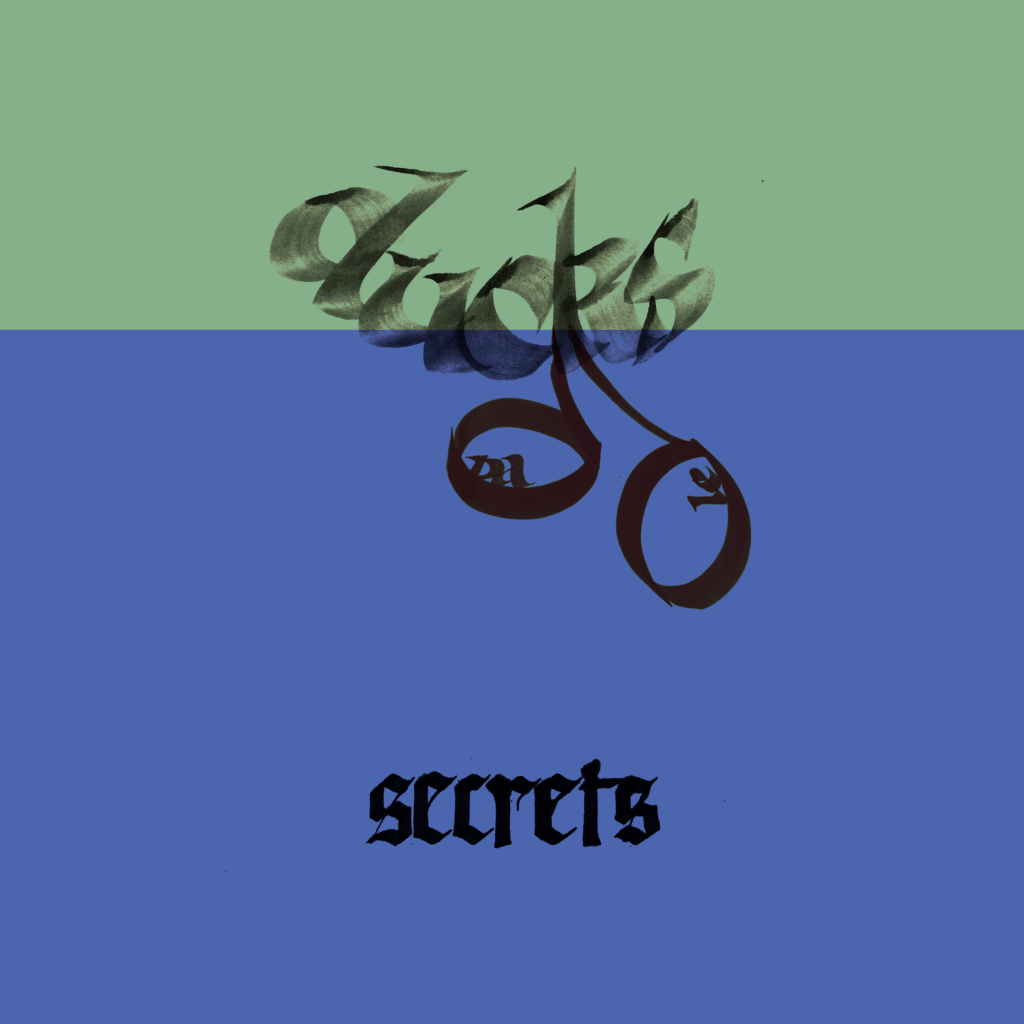
ducks
paddle
over
dark
secrets
I uploaded the one on top, but was not happy with how it looked. I messed around a little in GIMP, adding a duo-tone background and then changing the opacity to multiply. Now I’m really happy with both versions!
,
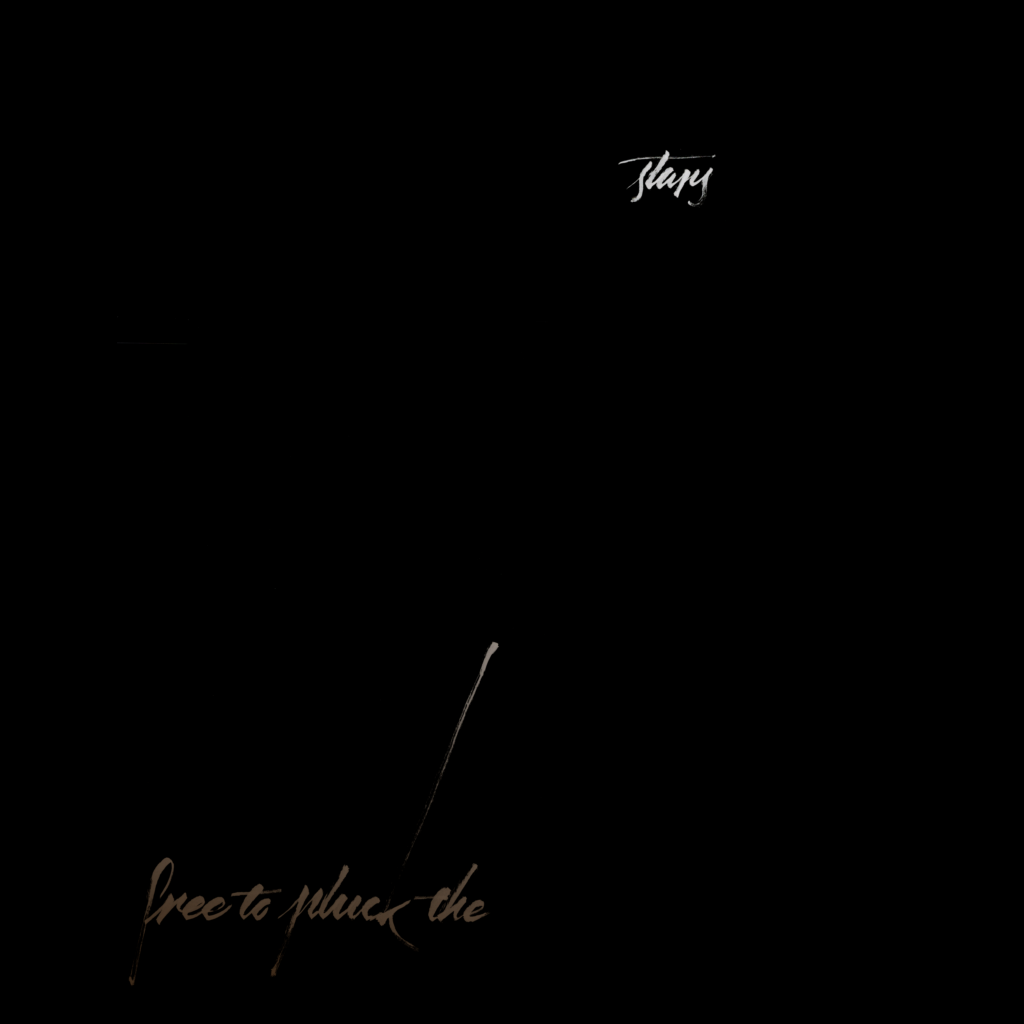
free to pluck the
stars
This was inspired by Ann Collin’s post with collage artist Duane Toops, a beautiful pairing of poetry and collage. Check it out!
Their collaboration was bouncing in my head as I tried to fall back asleep while also mentally imaging the Inktober52 prompt “free”. This line slid into my half asleep mind and I snapped awake.
The original graph was black ink on white paper. In the computer, I inverted the color, pulled “stars” way up into the sky, and added a little brown to emphasize the earthiness of the starting line.
Even though I don’t prefer relying upon the computer, I do it when it makes sense. At the very least, rightsizing the white space around conventional pieces. And sometimes it’s nice to envision a piece and hit it out of the box.
,
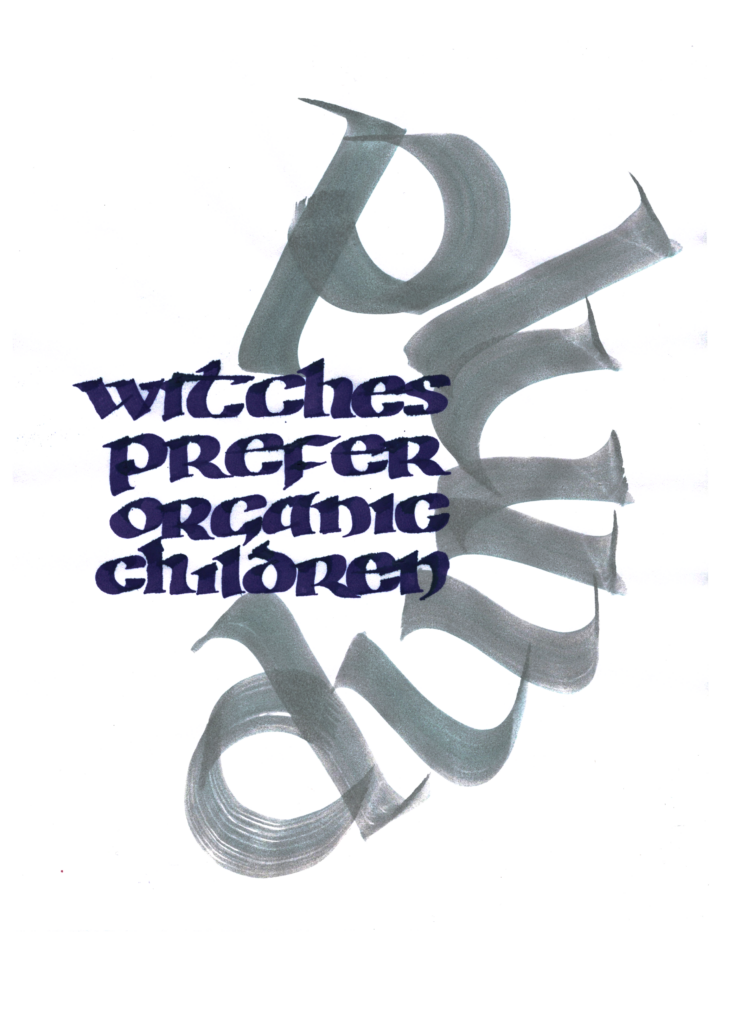
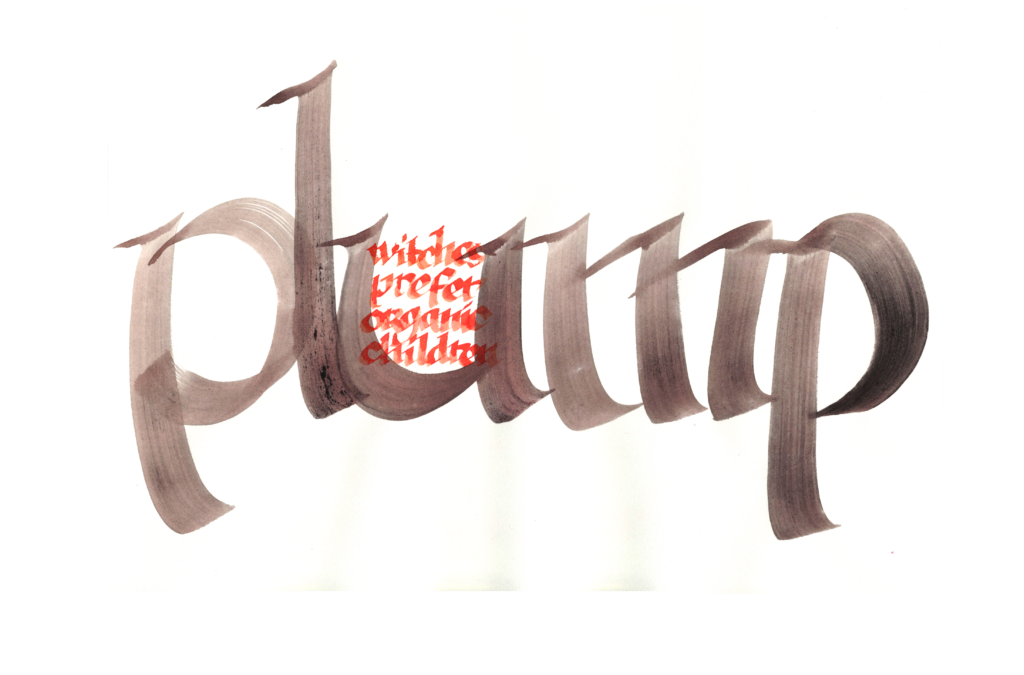
plump
witches
prefer
organic
children
This one turned out to be wicked hard. Even though I envisioned both of these concepts fairly easily, they both took multiple attempts and I’m not happy with any of them.
Sometimes you just throw your hands up and say “this is all I got with today’s skillz!” And move on.
,
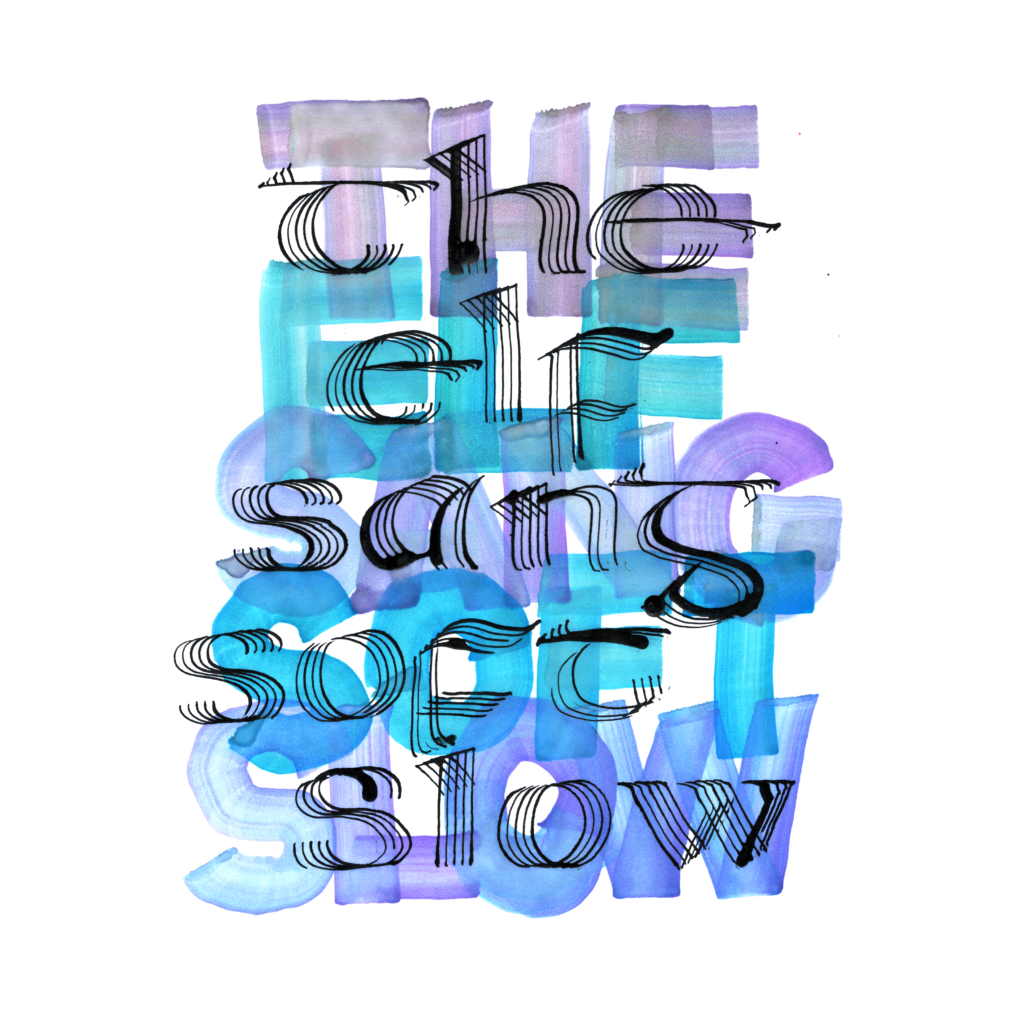
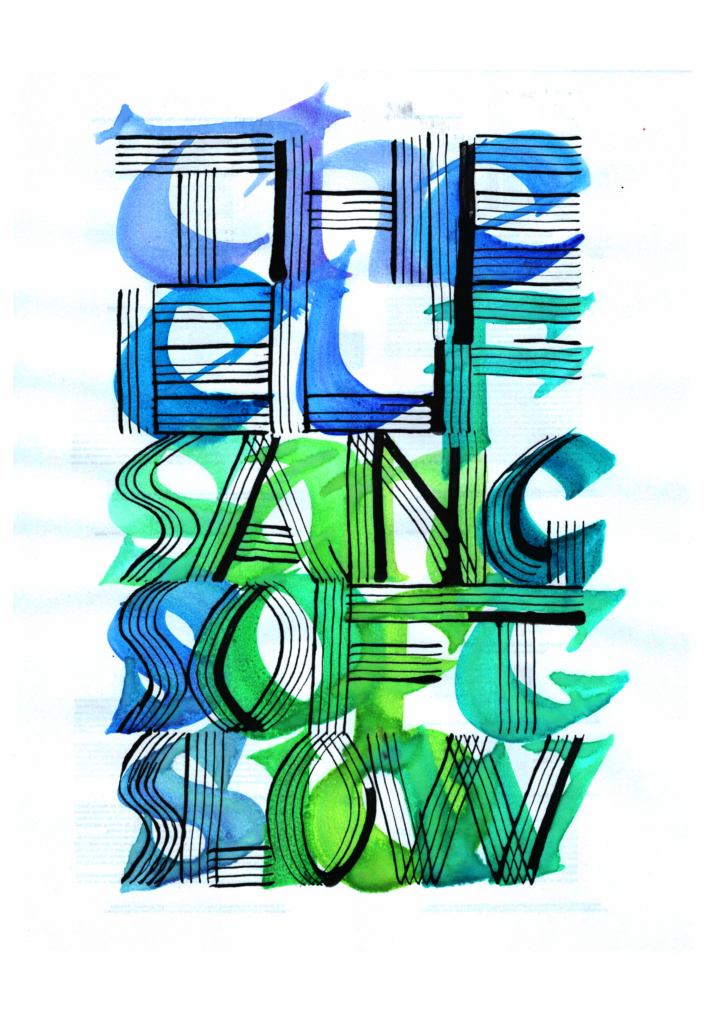
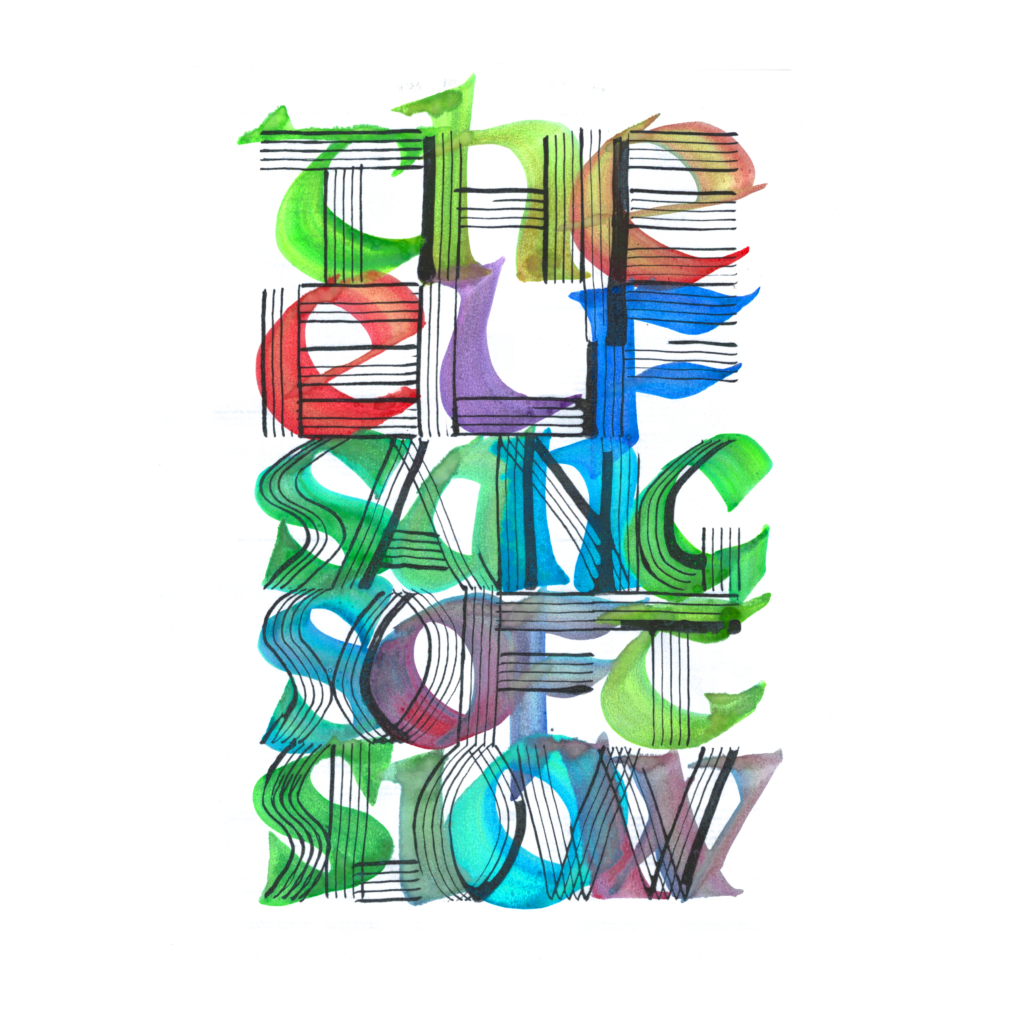
the
elf
sang
soft
slow
I’m still figuring out how to use that music nib. This was inspired by a glorious piece by totemspoems on Instagram.
,
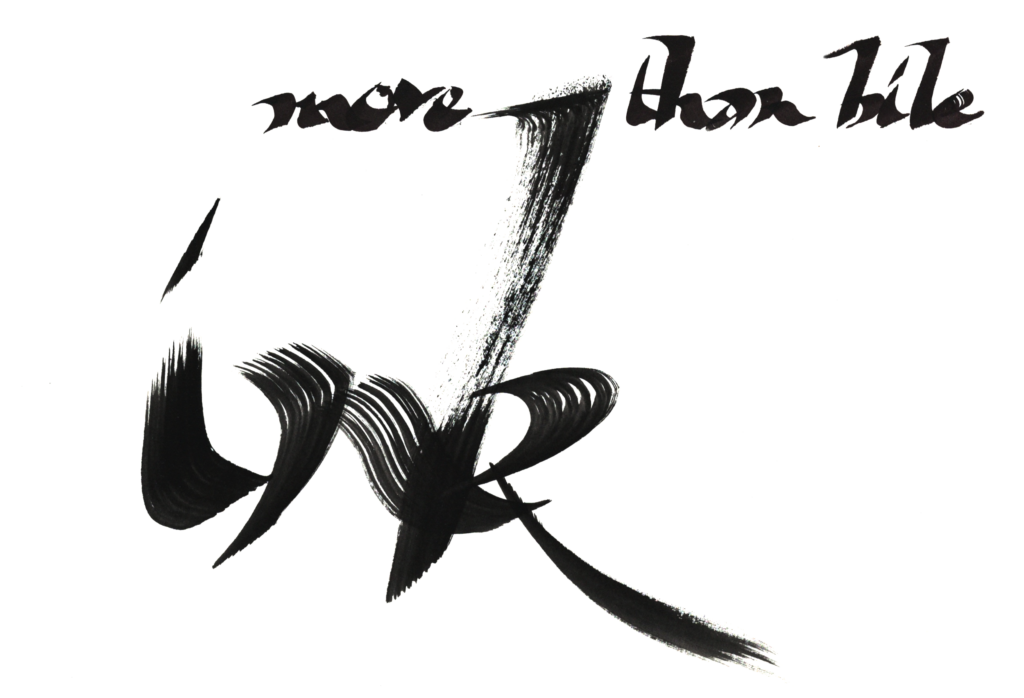
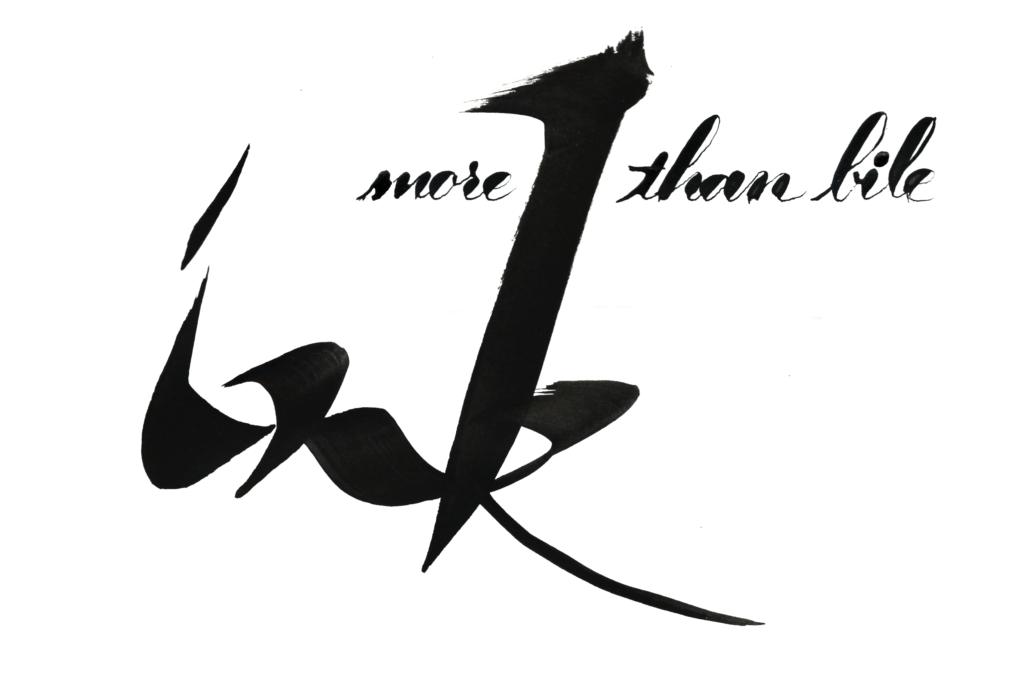
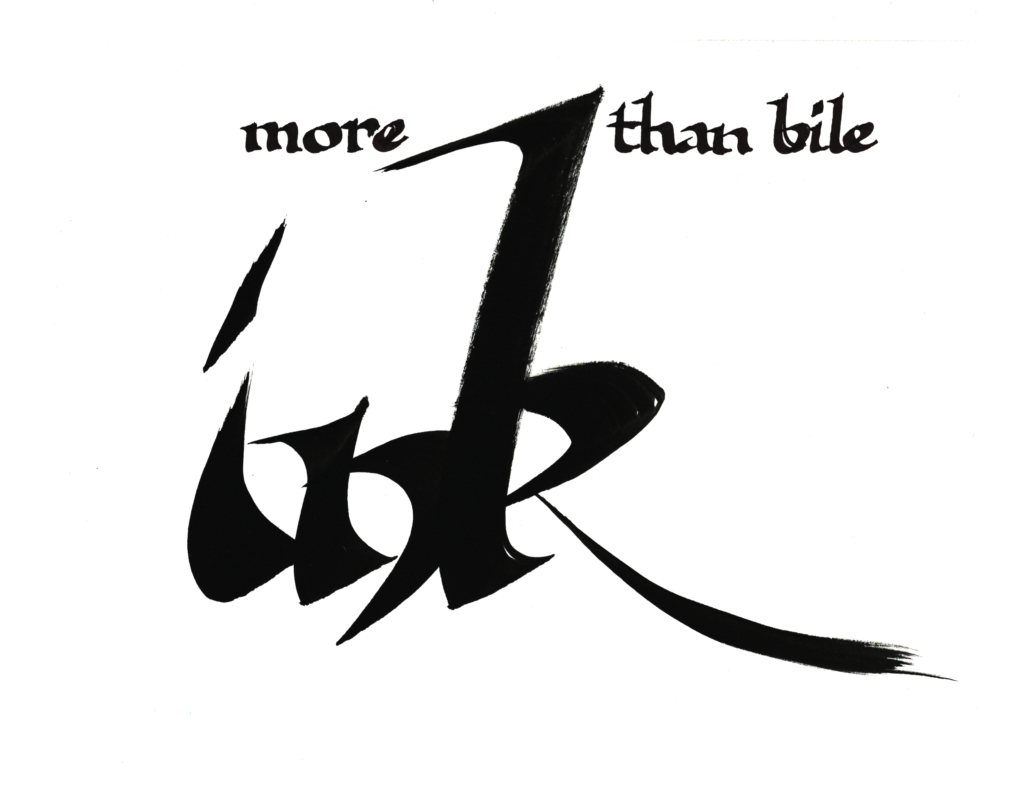
ink
more
black
than
bile
A lot of times I’m using greys, washes, or watercolor. It was fun to just use a pure black india ink.
,
At the start of February, I showed my wife some awesome calligraphraphers on Instagram. She was reasonably nice about my work too =).
But we agreed that the borders was limiting the punch on the 5WPs.
So they’re gone.
As an architect, there are some perks to being married to another architect.
Cya next time!
,
PS-Bhagavad Gita
I spent the month of April 2021 reading and listening to all the books in the library about the Bhagavad Gita. I thought about doing a series of separate posts, but I’m not sure I have that much to say, so listicle time!
Let’s start with a free copy, translated by Sir Edwin Arnold. As with all public domain books, the language is dated, but nothing beyond the King James Version of the Bible. It doesn’t come with commentaries, which are essential for understanding what’s going on—especially for us from the West where Hinduism is an exotic oriental religion, but the price is right for a decent introduction to the Gita.
I listened to Jack Hawley’s Bhagavad Gita, A Walkthrough for Westerners which is a translation where the commentary is mixed into the writing, resulting in a version that is three times as long as the original poem. It’s an interesting concept that reminds me of the Living Bible paraphrase of the Bible published in the 1970’s. But I was reading the original at the same time as listening to this book, so it felt strange to have Hawley’s parentheticals inserted into the flow of the text. And it was unsettling to never be sure what was textual and what was explanatory. I don’t think it’s a horrible idea, but I prefer the streamlined punch of the original.
I also listened to Ram Dass’s book Paths to God which takes the opposite tack from Jack Hawley. This is a series of lectures nominally around the Gita, but really about Hinduism and spirituality in general. I first came across Ram Dass in the documentary Fierce Grace (as part of a double header with Winged Migration in a movie theater that was about to be demolished). I’ve always been skeptical about white dudes who are into eastern spirituality, but I could sense a good spirit in the film. One interesting aspect of this book is that Ram Dass effortlessly utilizes the language of the 60’s (freak, trip, etc) in a way that makes one understand how that vocabulary came about. Of course it has become a caricature through the intervening decades, but the body of language met a need that was lacking in standard English. In all, I really liked this book.
The library has a straight audiobook reading of the Gita translated by Barbara Stoler-Miller. The reader, Jacob Needleman, has a copy of the audio posted on his own website. The free version online is of inferior audio quality to the version on Overdrive, but it is free.
Eknath Easwaran has a popular translation, but he relies a bit too much on sanskrit terms which makes it hard to follow at times.
When Love Comes to Light, by Richard Freeman & Mary Taylor is a two part book, with an extended ten chapter commentary of the Gita followed by a translation of the book in the second part. Having read and listened to a few books about the Gita, I’m at that point where I’m no longer a complete stranger to the work, but I am still such a novice I can’t really judge the quality of the commentary. Nothing seems out of line with what other people say about the Gita. One nice feature about this commentary is that it generally follows the flow of the Gita. While the essays don’t shy from pulling quotes from the entire book, the flow of the ten chapters covers the themes in the order that they were presented in the original. As such, it may be a good introduction to the Gita.
The Great Work of Your Life: A Guide for the Journey to Your True Calling, by Stephen Cope is a self help book based around the Gita. Like any self help book it is digested in to four digestible “pillars”:
- Look to your Dharma
- Do it Full Out!
- Let Go of the Fruits
- Turn it Over to God.
I enjoyed being introduced to the biographies of the great individuals who were discussed in the book, but the criticism on Amazon that the author never dealt with the the conundrum of familial obligations is absolutely on point. The Gita is all about following your duty, which is an easy concept if one has only one single overarching dharma. But what if you have multiple obligations? This book falls short for us normies. I understand why Cope streamlined the biographies to focus on their pursuits of their dharma, but this reduced applicability of these stories for our messy lives. I get that the greats are great because they are different, but if the author doesn’t draw a connection between their lives and our reality, then their biographies become irrelevant. As such, the book is simultaneously too long and too short.
I read the Stephen Mitchell translation, which is in Modern English. Unfortunately I can’t remember anything about this translation. Stephen Mitchell has translated so many different texts, I’m always a little worried about whether he has the expertise to do it right whenever it comes to a specific book.
I’ve ultimately settled on Laurie Patton’s translation. I enjoy her tight structure, capturing a poetic pithiness of the original that the other translations don’t. I read this after my initial explorations, so having some of the concepts telegraphed is not a problem.
Given that I’ve read more about this text than any other text from the last twenty years you could say I dig the book. Its appeal to duty resonates with the cultural Confucianism of my upbringing and my intellect is tickled by the exotic foreign spirituality in the rest of the book.
Naturally, the Gita has ended up in the top tier of wisdom literature that I would like to revisit for the rest of my life, along with the Daodejing, Analects, Havamal, Zhuangzi, and the book of Ecclesiastes.
,
PPS-Practice
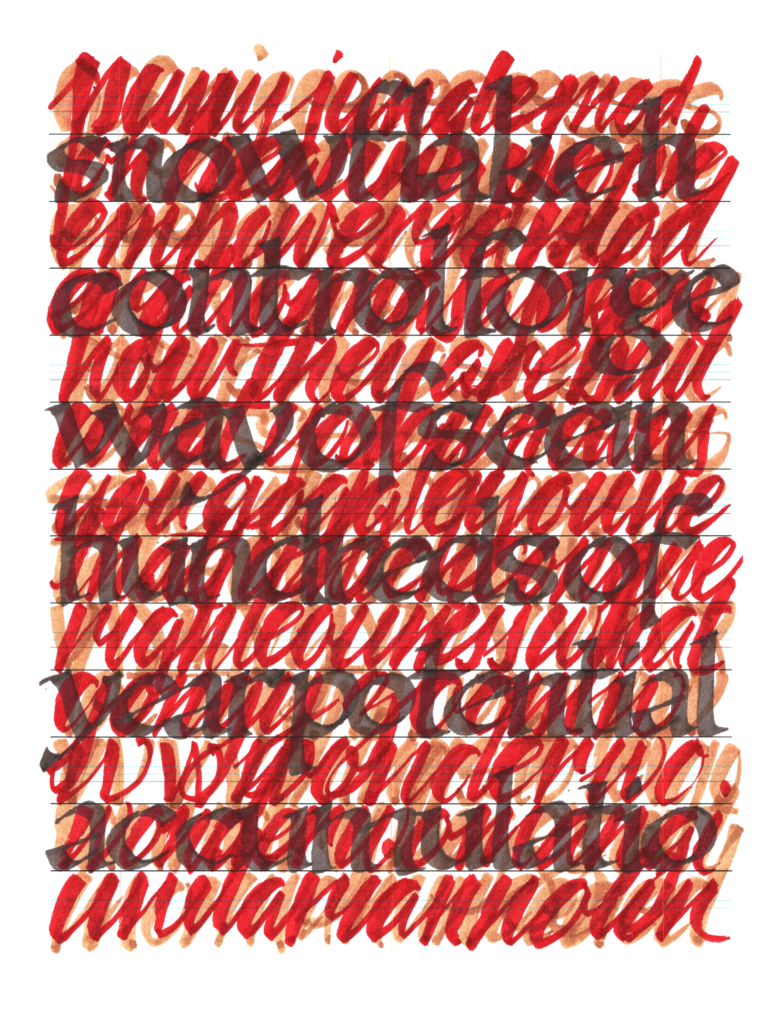
.